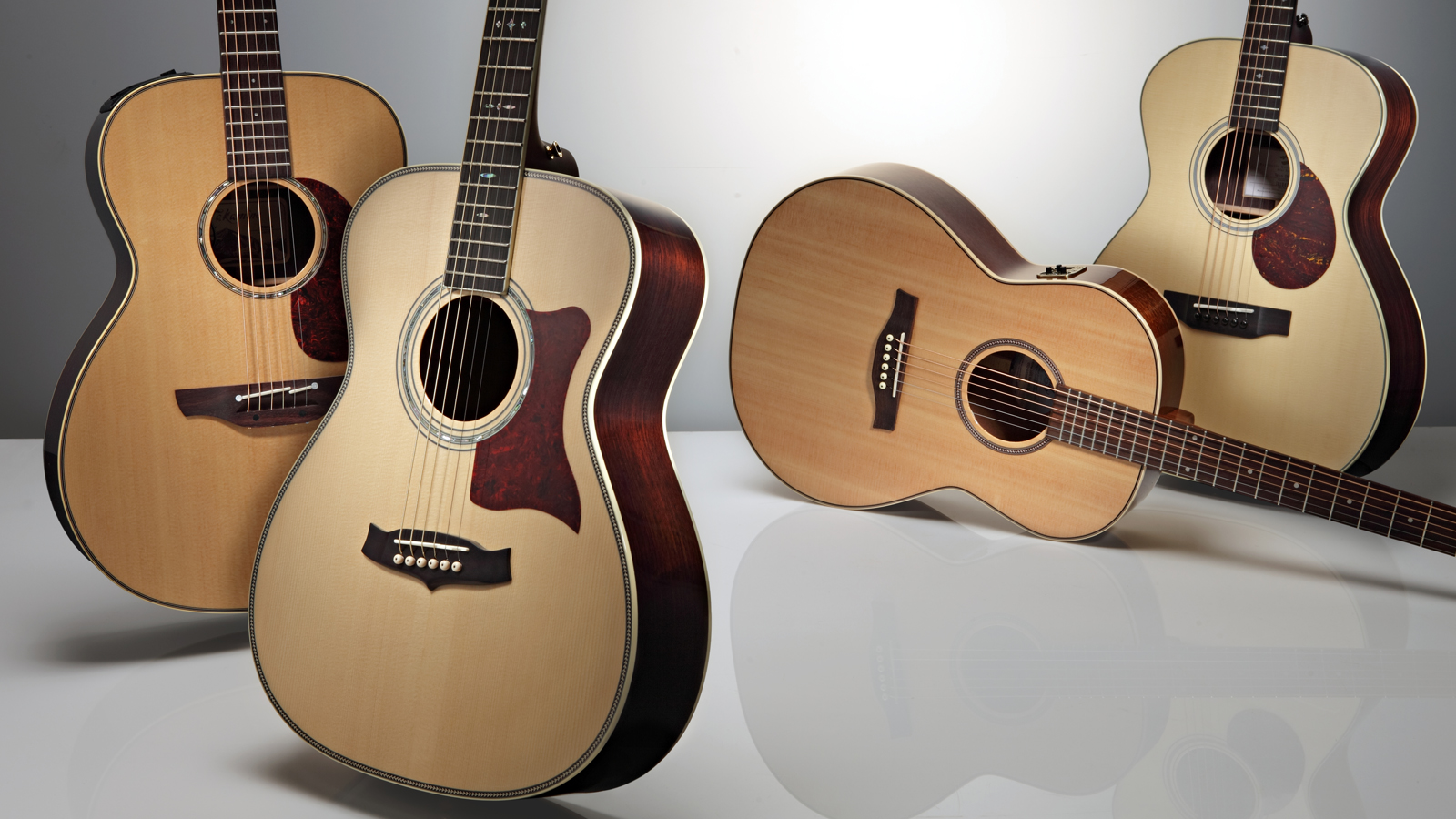

- #Dating a guild guitar stamped used on headstock serial number#
- #Dating a guild guitar stamped used on headstock full#
I have no idea what any given guitar from this period would sell for. In some cases, I won't know because the badge you have may be extremely rare and virtually unknown to even seasoned collectors.Īnd just a quick note: I do not buy or sell guitars. Listed below are the major manufacturers, known badges, and suspected badges to the best of my knowledge in written and list form to make it easy to find out who made your guitar. And sometimes, the guitar that is supposed to be an MIJ guitar is actually made elsewhere (Korea, Indonesia) because production was moved during this period in history. which doesn't always help in identifying a maker. Rosewood bridge.FinishOriginal gloss finish in decent shape with some wear, dings and scratches.Hardware/electronicsAll original hardware, Gotoh open back tuners shoulder mount, reinforced strap pin graphite neck block, Tusq saddle.Playability/ActionPlays well as is with some saddle left as noted above, when a neck reset is eventually needed, it’s going to be a straightforward task.CaseOriginal Guild hardshell case.Parts from other guitars would be used in the making of a particular badge for a period of time because it was all the manufacturer had to hand. When the time for a neck reset comes, as it does for nearly all guitars of a certain age, the reset will be simple.FretsOriginal frets with some wear.BodyLarger Orchestra type body, with spruce top and rosewood back and sides. The neck joint is a bolt together type using a graphite block, providing strength, excellent tonal transmission, and relatively simple adjustability. Built in Tacoma, Washington, USA.Pricing$850 CAD with original case.NeckMahogany neck with unbound rosewood fingerboard, small mother of pearl dot markers.
#Dating a guild guitar stamped used on headstock serial number#
Serial Number311480111 reapplied to label the original serial number is unknown so precise dating isn’t possible, but these were made between 20.
#Dating a guild guitar stamped used on headstock full#
Tonally, it has a wide range with full but not overwhelming bass, full midrange, and sparkling highs.


It’s loud with lots of projection and clear, clean articulation. The neck set is good, and the guitar sounds really good.

This specific guitar shows none of the quality control issues. Consequently, the precise date can’t be determined. These instruments, and this is one, have a USED stamp on the back of the head and the original serial number was either blacked out or covered over. There were some quality control issues related to the joint adjustment, however, and when production moved to New Hartford, Connecticut, the line was discontinued and the remaining instruments were sold off for ‘refurbishing’. Guild produced the CV line in Tacoma between 20, using a patent-applied for neck joint system. In short, this is a really good idea with lots of practical benefits and no significant tonal downside. With the bolt-secured arrangements, the work can be done in a few hours with no finish work required. On guitars with conventional glued dovetail or tenon joints, this work is expensive and is done by techs with high skill levels on some instruments, some finish work is also needed. This need arises because over time, string tension effectively lowers the neck angle, and the action goes up to a point where the saddle can’t be lowered enough. The reason is that nearly all acoustics of a certain age are going to require a major piece of work called a neck reset. Many independent builders also use versions of the bolt-together joint. Variations on this type of bolt-together arrangement (except for the graphite block) is now found on many quality guitars, including Taylors, Collings, and LaSiDo. Fender had apparently applied for patents on this system, but they weren’t granted. It’s based on traditional acoustic shapes, but the neck joint uses a graphite neck block and bolt system. This is a 2006 – 2008 Guild Tacoma CV-1 Acoustic, and it has unique features. Finally, at least so far, after Fender purchased the Kaman Music Corporation, Guild production moved back east to New Hartford, Connecticut. Production moved briefly to Corona, California, and then in 2004, to Tacoma, Washington – after Fender bought what was left of the Tacoma Guitar company. Guild started to struggle in the 1970’s and 1980’s, and in 2005 was sold to Fender. Guild was originally formed around 1952 in New York, quickly moved to Hoboken, New Jersey and in 1966 with the sale of the company to Avnet, moved to Westerly, Rhode Island. Here’s a bit of North American guitar history.


 0 kommentar(er)
0 kommentar(er)
